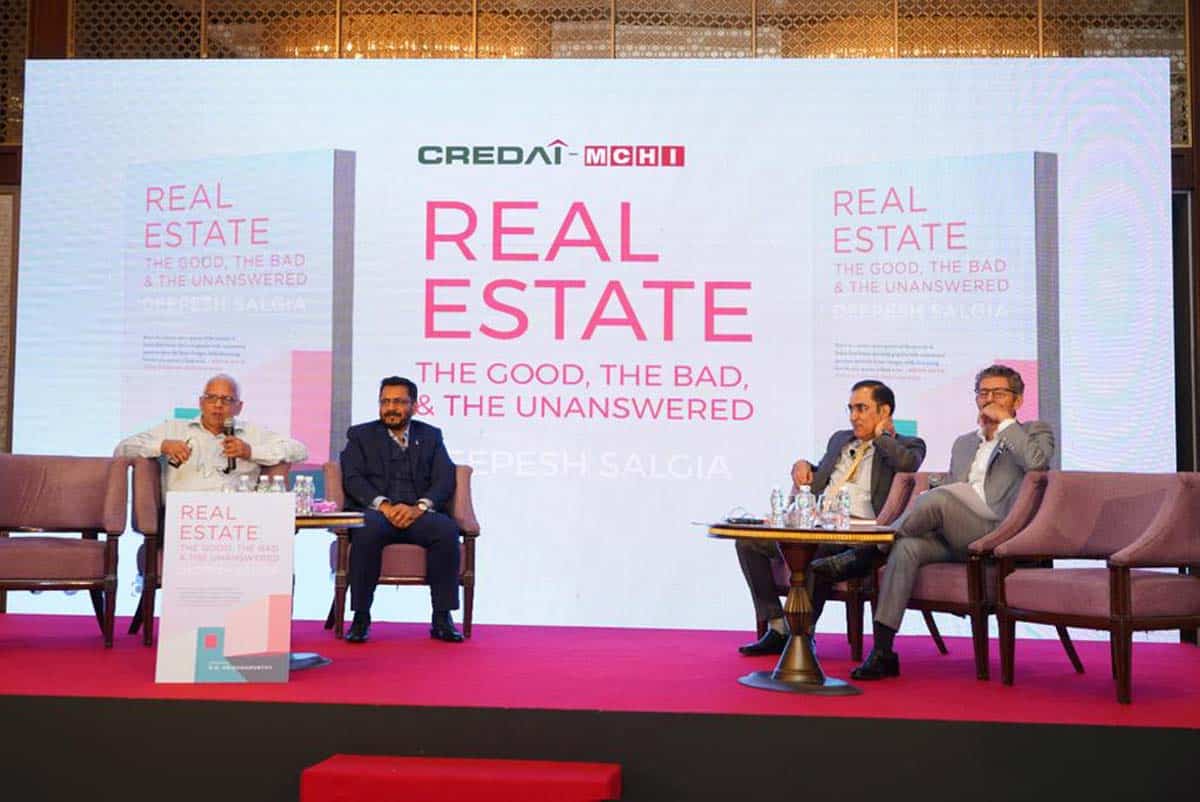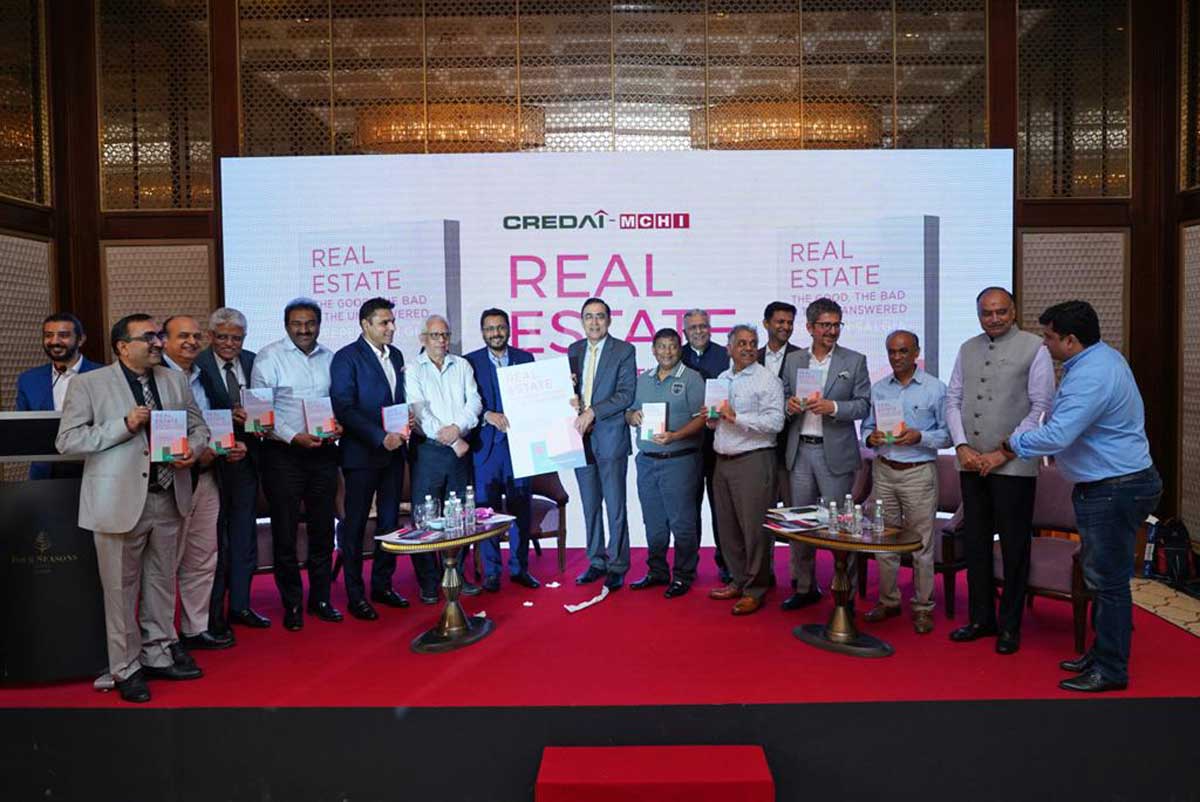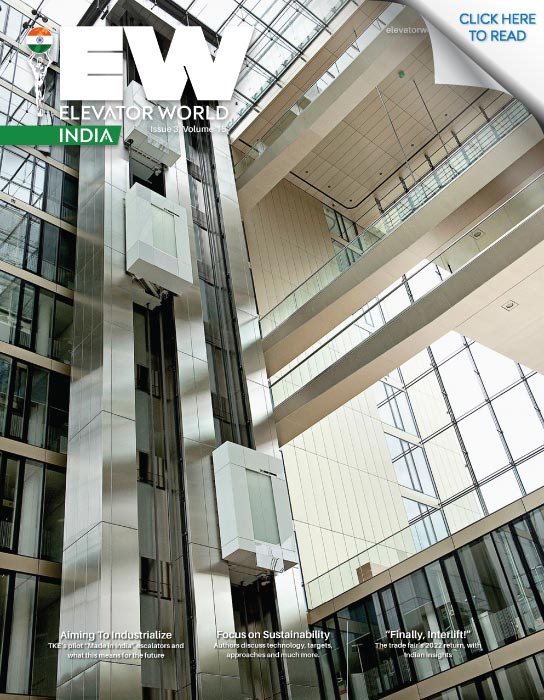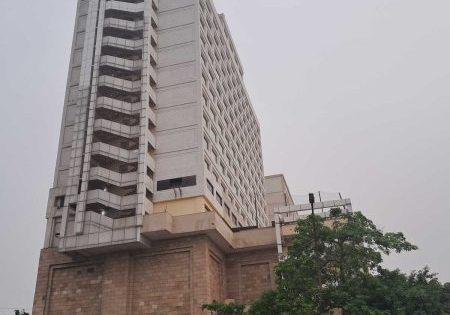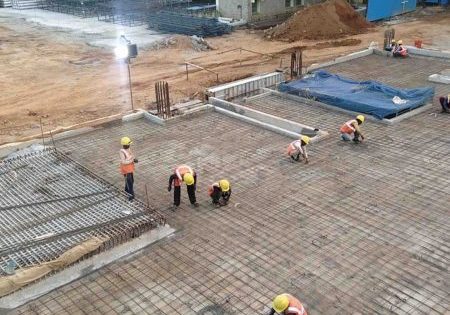Real Estate, Explored Through Experience and Imagination
Aug 4, 2022
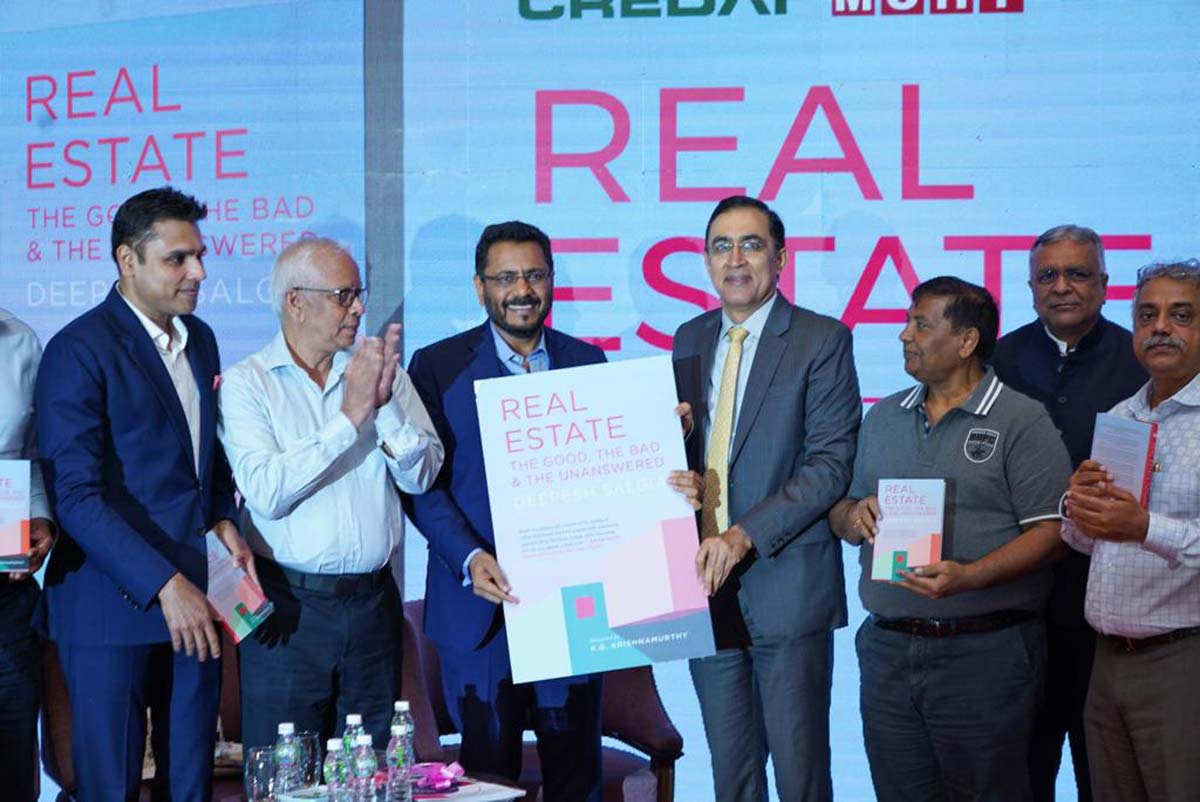
An “artful blend of fact and fiction” is well-received at book launch.
Deepesh Salgia’s book, “Real Estate: The Good, The Bad & The Unanswered,” reflects his quarter century of experience in the field. Your author shares key takeaways from the launch event, including feedback and excerpts.
On the evening of May 19 at the Four Seasons Hotel Mumbai, a wide spectrum of real estate industry stakeholders converged. The occasion: the launch of “Real Estate: The Good, The Bad & The Unanswered,” a book by Deepesh Salgia that was unveiled by Vijay Satbir Singh, Indian Administrative Service, retired, and member of the Maharashtra Real Estate Regulatory Authority; Rajiv Sabharwal, CEO and managing director (MD), Tata Capital Ltd.; K.G. Krishnamurthy, an industry veteran who retired as MD and CEO of HDFC Property Ventures Ltd. and formerly with HDFC; and Boman Irani, president, Confederation of Real Estate Developers’ Associations of India (CREDAI)-Maharashtra Chamber of Housing Industry (MCHI). The evening included riveting reflections from all the dignitaries and the author’s experience in writing the book, published by TWAGAA Publications.
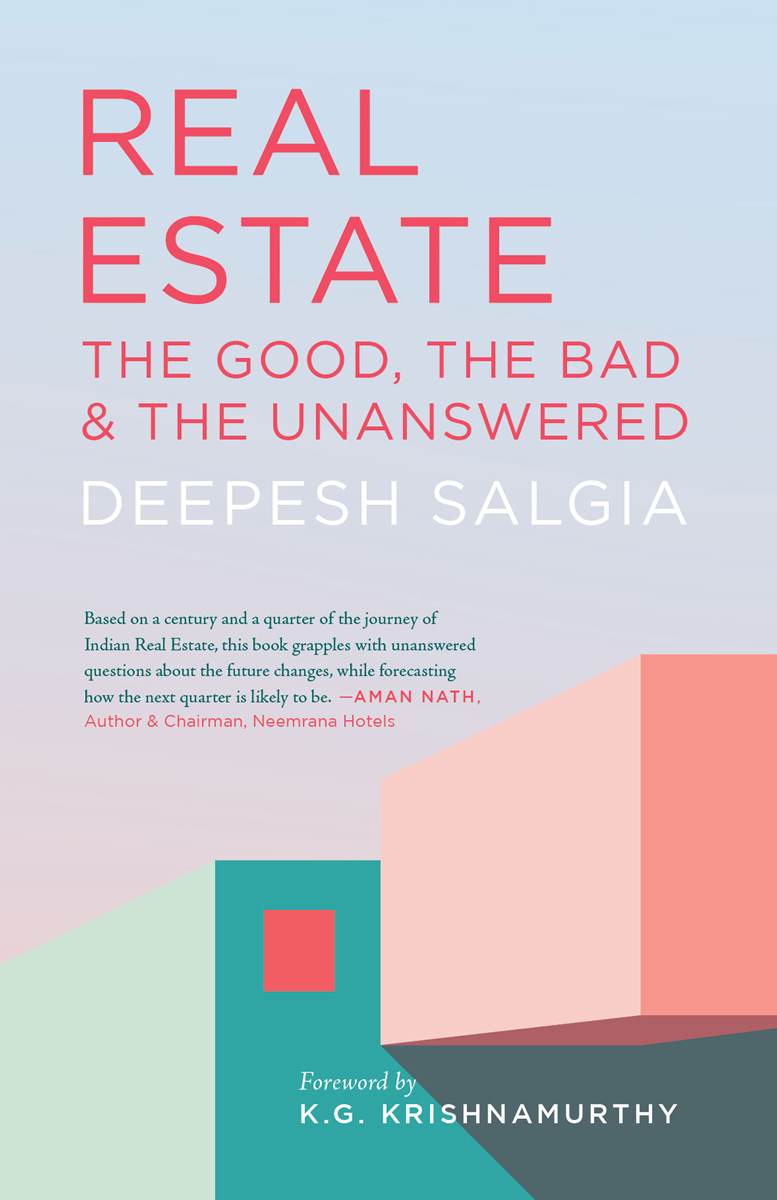
CEOs worldwide are largely products of business schools. Yet, while the curriculum of a typical business school includes case studies on sectors as diverse as automobiles, agrochemicals, steel, software, manufacturing, mining and more, rarely does it include real estate. In fact, the sector is often tagged as a domain of “dubious distinction.” While published research on Indian real estate is largely restricted to simply being informative, analytical research is minimal. Strategic research is practically negligible.
Set at the fictional Pinnacle Institute of Management, a business school in Mumbai, Salgia’s debut offering artfully blends fact and fiction to narrate 125 years of the history of real estate in India. Through diverse formats ranging from dialogue, debates, discourses, Q&As, analyses and blogs, Salgia presents a well-researched “biography” of real estate in India and its future for the next 25 years.
During the launch, Salgia remarked on issues such as the role of owners in real estate organizations, the morals and moralities of the business, as well as innovations in real estate. Salgia said:
“During my 25 years in real estate, I have realized that the business parameters or principles of microeconomics that are used to assess most other businesses are not applicable to real estate. For example, real estate is largely a business of projects. In most businesses, project finance is done through long-term loans and equity capital. In real estate, a big source of finance is advances from customers. Therefore, revenues are used as a source of project finance. When that happens, it is the marketing person who decides your debt/equity ratio. Where else does that happen?”
According to Salgia, challenges real estate industry players face include the use of market share as a strategic tool (since, for the majority, market share is measured in basis points) and the limited role of economies of scale (since it is the smaller developers who have the cost advantage). “I was very convinced that there is a strong case for separate research in real estate,” he said, adding that he believes innovations have almost always come from outside — rather than from within — the real estate sector.
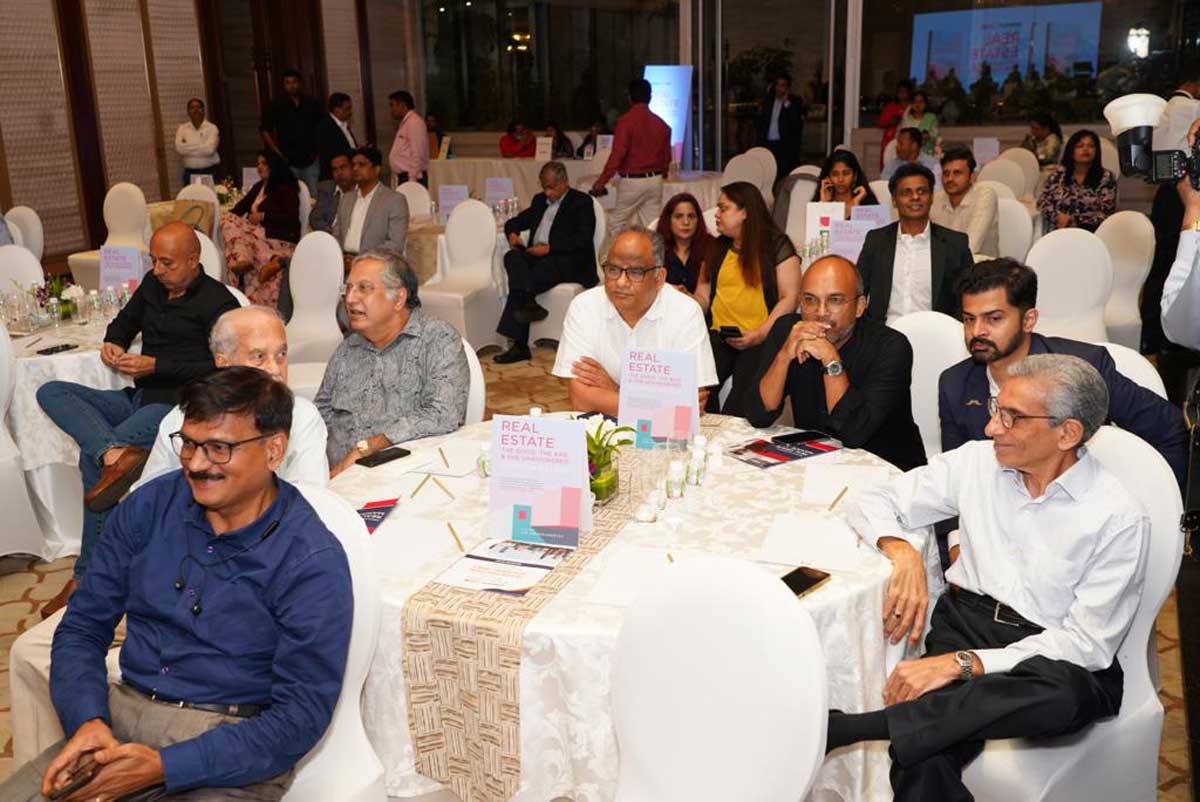
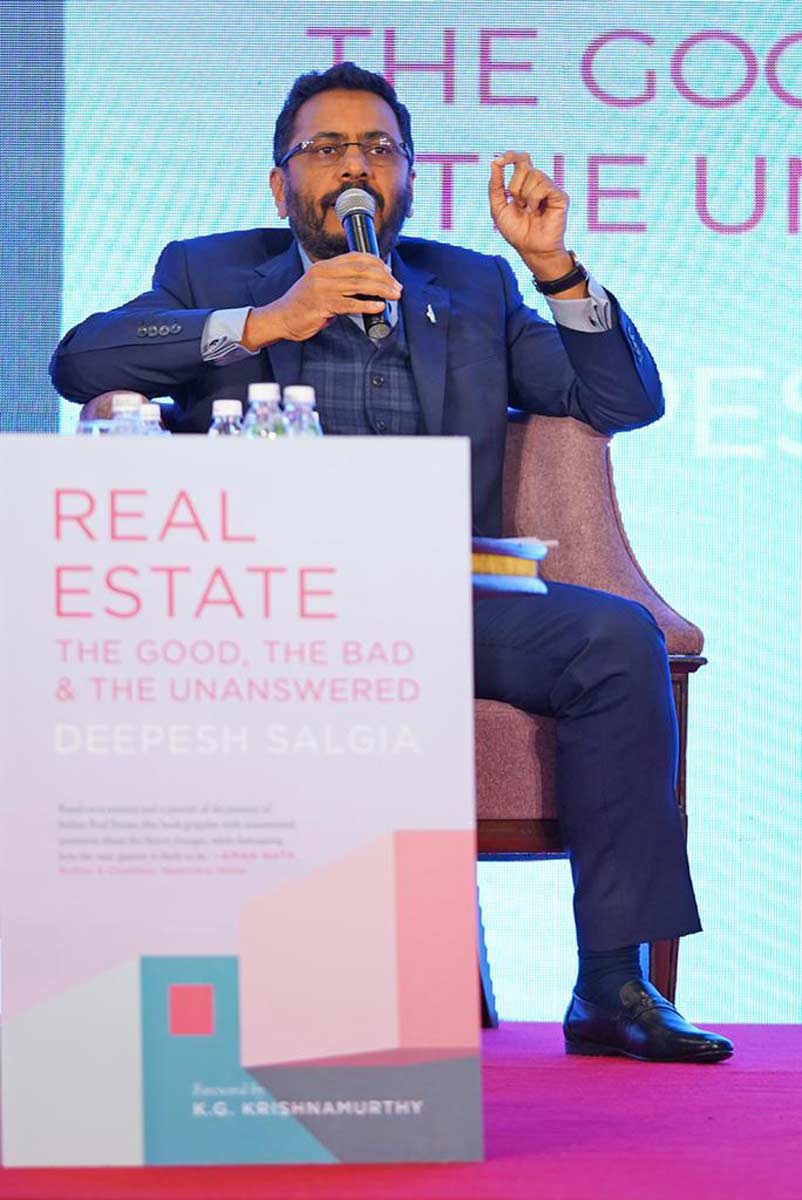
The book received praise from those in and outside of the real estate industry. Following is what some of them had to say:
“Based on a century and a quarter of the journey of Indian real estate, this book grapples with unanswered questions about the future changes, while forecasting how the next quarter is likely to be.” — Aman Nath, author and chairman, Neemrana Hotels
“Through a four-quadrant perspective (developer, customer, regulator, financier), Salgia offers a knowledge platform apt for both practitioners, as well as theorists of real estate.” — Boman Irani, president, CREDAI-MCHI
“Gifted with a fine pen, Salgia is an authority on how the urban real estate sector has developed in India, with a deep understanding of its problems and opportunities. His book helps us understand an industry that is gradually becoming professional.” — S. Naren, chief investment officer, ICICI Prudential Asset Management Company Ltd.
“Salgia deals with a complex subject like real estate in a simple, yet elegant, manner. While elucidating the technical aspects of real estate with the nitty-gritty of the relevant legal concepts and implications, Salgia objectively analyzes the social, moral and ethical underpinnings of real estate. A must-read.” — K.V. Viswanathan, senior advocate, Supreme Court of India
“It is a brutally honest book about a subject that evokes outrage, propaganda and indifference. After his creative association with the musical adaptation of Mughal-e-Azam, Salgia now enlightens the reader with his engaging narrative style.” — Feroz Abbas Khan, theater and film director, screenwriter
“Salgia’s understanding of the practices and dynamics of this business and the century-old historical perspective, add tremendously to this 360° overview of the journey of the real estate industry. It is an authentic management book that can be used by academics, management leaders, learners and businesses alike.” — Anil Pandit, CEO and MD, Quantum Projectinfra Pvt. Ltd.
“I am confident that this book shall help policymakers and analysts develop appropriate strategic frameworks, understand regulatory nuances and rationally assess risks in the real estate business.” — Mahesh Patil, chief investment officer, Aditya Birla Sun Life AMC Ltd.
Below, your author presents two excerpts from the book, which recount a character named Manav, the emcee for the Q&A session reading out shortlisted questions from the audience to a character named Professor Kumar, and leaves one wondering whether truth is stranger than fiction, or vice-versa.
Question
“If you were to redraft the Real Estate (Regulation and Development) Act, 2016, which three clauses would you redraft?”
Answer (Professor Kumar)
“I deeply appreciate the humongous effort made by the authorities in drafting the Real Estate (Regulation and Development) Act, 2016, and in implementing it through RERA (Real Estate Regulation Authority), especially in a country as diverse as India. However, there is always scope for improvement and fair criticism. The larger agenda of drafting the Act was to create a healthy market for real estate. In my opinion, RERA became too focused on protecting the consumer, which is only a subset of a healthy market. Moreover, protecting the consumer beyond a point does not necessarily benefit him/her.
“Firstly, RERA has made registration of the agreement compulsory after 10 per cent of the money is paid to the developer. While the purpose is to protect the purchaser, this effectively also means that the purchaser has to shell out the full stamp duty at the booking stage. Here, RERA should have suggested that state governments permit registration by paying just 0.1 per cent of the agreement value, and the balance could be paid on possession. This would channelize a larger amount of risk capital into real estate as many home seekers would start booking at an early stage. This flow of capital would also ensure timely completion of most projects, since the developer shall not have to run around [looking] for working capital.
“Secondly, the carpet area as defined under the Act does not include balconies. Consequently, many developers have stopped making balconies, since building these entails an additional cost that the developer finds difficult to charge to the home buyer. Without balconies, buildings not only appear less elegant but also result in more stressful living, as residents live in a boxed structure. Similarly, since the Act imposes many restrictions on sale of car parks, developers are limiting car parks to the minimum mandated by the law. This, again, is not a healthy development.
“Thirdly, RERA mandates that for undertaking any alteration to approved plans, ‘written consent’ from two-thirds (66.67 per cent) of the buyers should be obtained. Now, while on the face of it, this appears to protect the consumer, in practice, this could actually be counter-productive.
“Let’s assume that just before commencing construction, the developer has an opportunity to buy and amalgamate the adjacent plot. This would create larger frontage, more open space and better amenities. Now, even if the majority of the buyers are in favor of this, a minority (34 per cent) can obstruct such a pro-development proposal.
“What makes things worse is that the votes of absentees (in practice, most buyers do note cast their vote) are treated as negative votes. With limited votes being actually cast, just 10 to 15 per cent of the total buyers could vote out a pro-development proposal.
“Such consumer-unfriendly sections definitely need modification. I would suggest that alteration of plans should be allowed if supported by 51 per cent of buyers participating in voting. Non-voters should be treated as NOTA (none of the above) and not as negative votes.”
Question
“Mumbai has been the first city to formulate and successfully implement policies on the redevelopment of old and dilapidated buildings, slum rehabilitation and more. How well shall this work in other cities?”
Answer (Professor Kumar)
“Funding redevelopment through the sale of new homes is definitely a great idea, especially since residents of old structures, slums, and so on shall never undertake redevelopment on their own. On the other hand, these projects are also like the business of ‘digital news portals,’ where Peter pays for Paul. In a large number of digital news portals, the advertisers pay for the news, and the subscribers consume it free of cost. Similarly, in redevelopment projects, typically only those moving into the free-sale component pay; the existing tenants get their home for free.
“Like every strategy, this one, too, has its limitations. In the interest of the long-term credibility of news, digital news portals shall have to look for subscribers who shall be willing to pay for the news, which is a massive challenge. Similarly, if larger-scale redevelopment is required, cities shall never be able to find ‘Peters’ in sufficient quantity to bankroll it. On the other hand, one also appreciates that it is not easy for any government to compel existing tenants to think of self-financed reconstruction.
“Redevelopment has worked very well in parts of Mumbai, since in those parts of the city, there was a huge difference between the cost of construction of free homes (X) and the sale price of a new home (10X or 20X). However, over the last two decades, while property prices have not increased, the expectations of tenants have gone up dramatically. Therefore, the difference has come down and the financial rewards in most projects [are] not commensurate with the associated risks.
“Moreover, many plots up for redevelopment have a large part of the land going towards public amenities (road, public garden, schools, and so on), which again does not create any business proposition for developers. Therefore, Mumbai shall soon reach a stage when tenants shall have to choose between waiting indefinitely to find a developer who can give them free homes or going for early redevelopment by agreeing to share a part of the cost of redevelopment. The more the tenants choose the second option, the more they shall work in their own interest as well as in the interest of the city. Quicker redevelopment would mean the city would avail [itself] of the benefits of wider roads, better sewerage, better living conditions, and more.
“Therefore, at the macro level, over-focus on free homes shall only result in expensive homes for new homebuyers, as it is the new homebuyers who ultimately pay for the free homes. However, it is also true that, without free homes, the old tenants shall not vacate the premises to be redeveloped, thereby restricting the availability of land for new homes. This leaves the city with a difficult choice: either promote free homes for existing tenants (who have the political power) or convince tenants to pay for redeveloped homes, so that migrants to the city (who have the economic power) find the city affordable. Surely, amongst the biggest dilemmas faced by democratic nations is being politically correct vs. being rationally correct.”
About the Author

Deepesh Salgia, a distinguished alumnus of the Indian Institute of Technology (IIT)-Madras, the S.P. Jain Institute of Management and Research-Mumbai and the University of California, Los Angeles, is director at Shapoorji Pallonji Real Estate, where he has spent most of his 28-year career. He has also worked for the Tatas and the Mahindras. Salgia has handled a wide range of assignments in real estate, from design to dispute management. He has been a liaison for land transactions and handled sales and strategic planning. Salgia’s forte is problem solving in an unstructured environment. Besides his knack for integrating realities in real estate with rare academic insight, this ex-IIT-Bombay Mathematics Olympiad champion in 2004 pioneered the creation of the color version of K. Asif’s 1960 classic movie Mughal-e-Azam. He then went on to produce an award-winning, Broadway-style musical adaptation in 2016, providing the show’s creative and strategic vision. Having written for most leading Indian business publications, he is an avid reader and cinema buff who regularly blogs and vlogs.
Get more of Elevator World. Sign up for our free e-newsletter.
